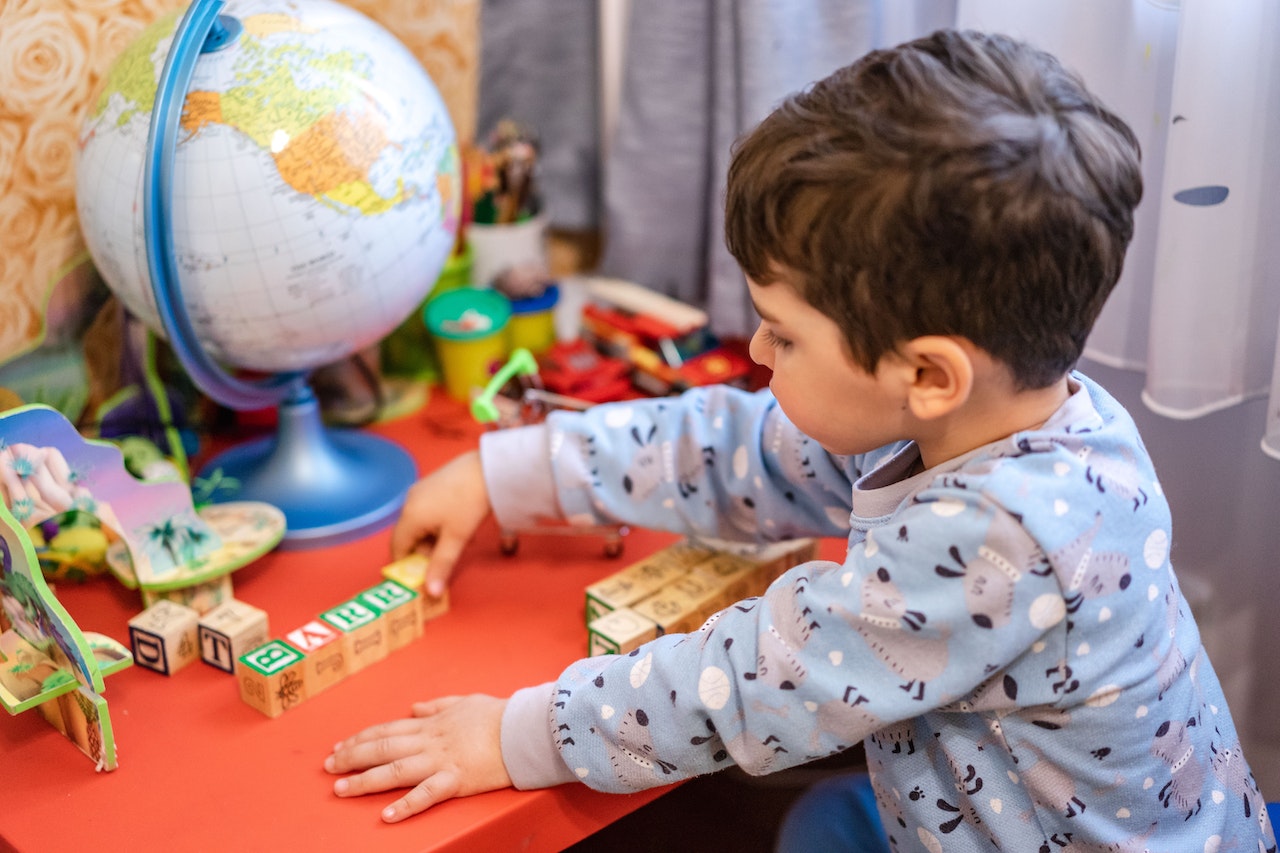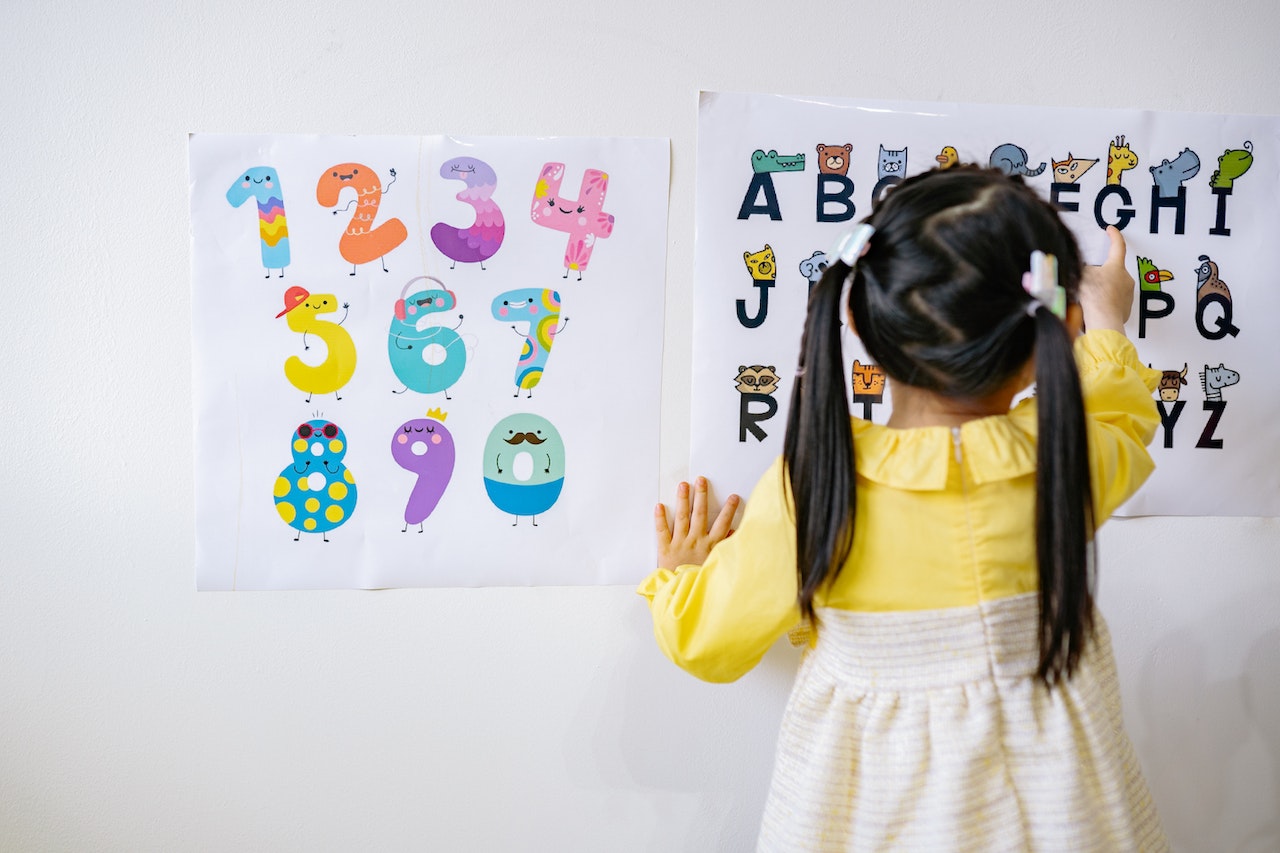October 16 2023
Science-Based Reading Programs & Struggling Readers

The literacy statistics in the United States illustrate the need for instruction to evolve. The current strategy has failed. But why? According to the Nation’s Report Card, only one out of three fourth graders reads at a proficient or higher level. Only 31 percent of eighth grade students read at a proficient or higher level. This means that the majority of children are not considered proficient readers.
Failure to read proficiently impacts all other aspects of learning. As the current reading strategies seem to be failing, more states are adopting the Science of Reading. What does this mean and how does it differ from the current curriculum?

What is the Science of Reading?
The Science of Reading refers to reading studies that show the methodologies on how children learn reading skills. These studies point to the best strategies on how to teach decoding and other crucial skills necessary for children to gain reading fluency.
Most notably, these studies focus on the importance of phonics skills and development and the need for more phonics-based instruction for early readers. Studies have shown that children must learn phonics skills to help them decode words and read fluently.
While the need for learning the sounds and blends of letters might seem obvious, schools have veered away from using a phonics-based approach for literacy curriculum, favoring a strategy that instead relies on encouraging children to find books that interest them. Many schools taught children to use pictures in books to help them decipher the words in the story. These guessing games also coincided with many school districts dropping spelling tests, which taught children to identify letter patterns.
Unfortunately, the new approach was not based on any scientific understanding and it was not properly backed by research. Thus, many children were left behind as they failed to master the necessary skills for reading.
Covid and the closure of schools exacerbated learning losses, as children struggled with distance learning. Some students did not have access to proper technology, while others simply could not learn via this screen-based approach.
Now schools and the country face the reality that the majority of students do not have the ability to read at grade level. While helping older students hit necessary reading benchmarks pose a difficult hurdle, many states realize that they can no longer push a strategy that fails students. In response, states are pivoting to a science-based approach to reading and emphasizing the importance of phonics.
What is the Science of Reading Approach
A science-based approach to reading relies on research-based reading studies to design literacy curriculum. The science of reading revealed that children need regular in-class phonics lessons to master decoding skills. In the past, reading began with phonics lessons that helped children understand letter sounds within words, identify letter patterns, and learn blends.
When children master phonics, they can apply these skills to sound out words, decode them properly and read them fluently. Guessing a word in a sentence has far-reaching implications related to literacy; children are not reading a word, they are simply opting to guess the word. However, phonics teaches children the strategies they need to sound out the word and read it properly.
Ditching phonics and the core lessons for learning phonics was a change in the way schools approached reading. They wanted to find a way to make reading fun for children and encourage children to read more. Phonics was rote, and it really wasn’t fun. A new reading strategy often called MSV–meaning, structure, and visual information–uprooted the phonics and replaced it with a guessing strategy.
Guessing does not lead to proficiency or fluency. However, teaching children how to sound out words through rote phonics lessons gives children the knowledge to decipher nearly any word.

Science of Reading Research
There are many important research studies that make up the science of reading. The NWEA explains that early research laid out the definition of reading. This research, per the NWEA, states that “…reading comprehension (RC) is the product of decoding (D) and language comprehension.”
The NWEA explains that the science behind reading focuses on five core skills: phonological awareness, phonics, fluency, vocabulary skills/comprehension, and reading comprehension. It’s important to understand that the first two skills must be mastered before children can read fluently and comprehend the words they read. After all, how can a reader understand a word if they cannot properly decode it?
Science of Reading Strategies
Parents who notice that their child is guessing a word might be puzzled. If a child is still learning how to read using the MSV approach, parents might need to help children gain the skills they need to properly decode. Catching a reading struggle early helps parents develop strategies to help their child gain confidence and hit benchmarks.
When children are learning how to read using a curriculum that is not based on the science of reading, parents need to teach them the proper strategies by using a reading program like Readability that focuses on the five core fundamental skills that help children gain reading proficiency.
Using a reading app or reading tutoring program does not guarantee a child will progress their reading fluency. Not every reading program is designed according to the Science of Reading. However, Readability is an instruction-based reading program designed according to reading research.
Readability Teaches Phonics and Phonetics
Children who struggle to decode words because they were never taught these skills can learn proper decoding techniques by using Readability. Children begin Readability one reading level below their current level; through the program, children read books in their Readability library aloud. Lessons are guided by an AI reading tutor that is programmed with voice-recognition software. The tutor learns the child’s voice and intuitively understands when a child is struggling or when they have incorrectly pronounced a word. The tutor provides help and guidance; children learn how to sound out the words as they read.
Readability Helps Children Gain Fluency
Reading fluency is measured in words read per minute (less errors). The AI reading tutor measures fluency as the child reads aloud. Children can see their reading data and parents have access to it, too. Readability will not advance a child to a more difficult reading level until the child demonstrates mastery of both reading fluency and reading comprehension. Thus, a child will only advance when they are ready.
Readability Boosts Reading Comprehension
At the end of every book in the program, Readability’s reading tutor asks the child a series of questions about the book. This quiz measures the child’s reading comprehension. Children need to demonstrate a mastery of what they read in order to advance to a higher reading level in the program.
However, if a child answers a question incorrectly, the reading tutor shows the child a section of text from the book that helps them answer the question. The tutor also reads the passage aloud, and the child receives another opportunity to answer the question. This is how Readability teaches children an important reading strategy known as ‘re-reading’ to help them improve their comprehension.
Vocabulary Knowledge via Readability
Every book in Readability features a list of vocabulary words. In addition, children can tap or click any word in a story to hear the definition and hear the word used in a sentence. Each discovered word and each vocabulary word list for each story is placed in a master vocabulary portal that children can access at any time.
Discover Readability and Uncover the Science of Reading Strategies
If a child struggles with phonics and decoding words, gaining reading proficiency will be more difficult. Parents can help children boost their confidence and their reading fluency and proficiency can explore Readability with a free seven-day trial. Sign up for Readability and discover the power of a research-based reading program.

